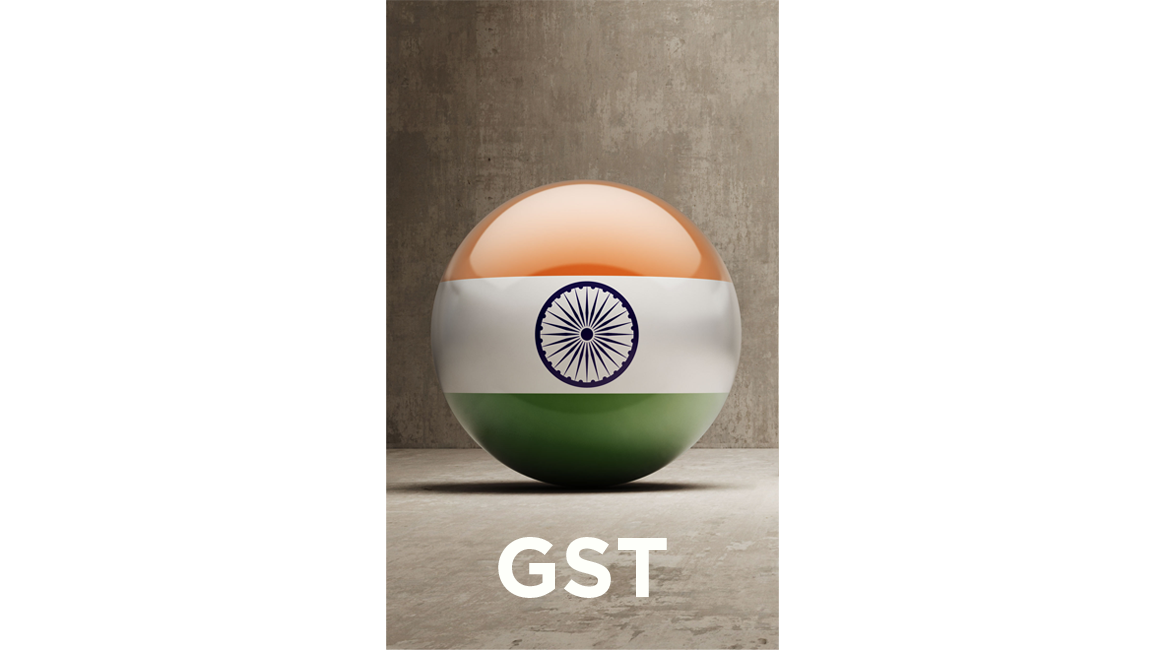INTRO
The “Make in India” campaign heavily relies on a unified tax regiment. GST has put the regime of “one tax one market” into force by replacing a never-ending list of indirect taxes with a single tax. This has eliminated the taxpayer’s existing hassle and has established a clear framework of division of revenue between the Central Government and States.
This simplification has not only increased the nation’s ease of doing business, but it has also addressed several glaring lacunae which have directly impacted cost of goods for consumers and collection of revenue by the Central Government and State. These effects not only incentive businesses but directly impact consumer welfare. As of today, indirect taxes including GST, customs and others amount to over 50% of the revenue collected through taxes.
ELIMINATING THE “CASCADING EFFECT”
“Cascading effects” means tax on tax. On the face of it, one might argue that this benefits the government by increase its tax revenue. However, such an understanding seems to ignore the impact cascading effect has on consumer willingness to purchase (demand) and seller’s ability to sell (offer).
In the pre-GST era, the separation of goods and services for taxation purpose negated the possibility of claiming Input Tax Credit (hereinafter referred to as ‘ITC’) from excise duty and central sales tax for payment of VAT (Service tax). The impossibility was because the two taxes were separately collected by the Centre and the States.
Illustration: A buys the inputs to produce a pen at Rs. 10/- on which central excise duty of 10% is applicable. A sells the manufactured pen at Rs. 20/- on which Rs. 2/- is payable towards central excise duty. A may use credit of Rs. 1/- and pay a total of Rs. 1/-. However, when B, a trader, sells the pen to C, VAT is payable on the entire 22/-. Since VAT is not offset with excise duty, there is a tax on tax.
But removing the separation between goods and services there is a seamless application of ITC between goods and services. This seemingly innocuous change has tremendous implications for the economy as a whole. Double taxation is anti-productive and de-incentivizing and acts as a laggard for growth. More importantly, it impacts the final consumer as the final bearer of burden. Arguably, it increases demand and overall revenue to the government.
APPLYING CGST AND SGST TOGETHER HELPS NATION’S ECONOMY
Prior to the entry of GST, state government collected various taxes such as excise duty, octroi, luxury tax, etc. As of today, CGST and SGST is applied in equal portions on all goods and services. It has been argued by some that with the advent of GST, the state government could lose its source of revenue. However, a re-compensation fund was created and has recently been suspended due to reduced collections caused by the pandemic. Furthermore, due to the elimination of the segregation, state government are now collection 50% of dues on services compared to zero in the pre-GST era.
REVENUE COLLECTIONS AND IMPACT OF GST IN THE LAST 3 YEARS
July 2021 marks the completion of four years since the launch of the GST regime. There have been many positives, a few of them being:
However, the devil is in the details, and there is where the lacking in implementations may be seen. Also, the ambitious targets set during the rolling out phase have largely not been met and the pandemic has further worsened things.
There is a huge confusion with respect to the classification of goods and services. When comparing the numerous categories of goods and services to other countries’ two or three, one questions this complexity and motives behind it. For example, ‘Malabar parotha’ is charged with 18% GST whereas a ‘roti’ is 5% and the same difference is seen between ‘curd’ and ‘yogurt’ for no discernable reason. A reduction of the number of classified categories would help simplify the system in place.
A positive sign is that the number of taxpayers registered under GST stood at 1.08 crore as early as April 2018 and rose to 1.23 crore by June 2019. Total monthly collections from SGST, CGST and IGST has crossed Rs. 1 lakh crore till March 2020. Notwithstanding the pandemic, collections have slightly increased and have touched Rs. 1 lakh crore ever since.
